Exercise Not Helping Your Back Pain? It’s Not you, It’s Your Strategy! | Part 2
This is part 2 in a series. Click here to read part 1.
 In Part 1 of this series, we discussed the dilemma of back pain that persists despite your persistent efforts to solve the problem. You’ve been prescribed medication, exercise, and a myriad of methods to “stretch” and “loosen” your muscles, but no avail. You must be a lost cause . . . right?
In Part 1 of this series, we discussed the dilemma of back pain that persists despite your persistent efforts to solve the problem. You’ve been prescribed medication, exercise, and a myriad of methods to “stretch” and “loosen” your muscles, but no avail. You must be a lost cause . . . right?
Maybe not.
It’s not your effort that’s lacking; perhaps it’s your strategy of solving the problem that’s in need of some tweaking.
In Part 1 we established that the body operates as a system: an interconnected, interacting, interdependent set of parts designed to achieve a goal– and in the case of the human body, the goal is production of high-quality movement for the sake of survival. Part of its genius, in my opinion, is in its sophisticated setup for communication within itself: the body is one continuous, cohesive system with a built-in mechanism that allows for every part to be aware of, and work with, the other parts to achieve the goal of operating efficiently. The human body is a truly amazing system!
Every body movement is a whole-body task that requires an internal, whole-body solution. Your muscles are an interconnected, interacting, interdependent system, constantly communicating back and forth, working together to create and control movement. All of your muscles are involved in one way or another in any bodily event.
Conversely, an issue with low-quality muscle function in any area of your system has the inherent potential to affect the performance quality—and your brain’s conclusion about how you feel– in any other area of your system.
Let’s apply this Systems Approach to form a new strategy to address your back pain.
Solving Your Body’s Problems Using the Systems Approach
The fact that your back is where you feel muscle pain and tightness doesn’t necessarily mean your back itself is the problem. The standard Western medicine approach subscribes to the philosophy of “Local pain means a local problem, which requires a local solution”, but this isn’t always the case.
Imagine you start your car in the morning, and the “check engine” light pops up. What’s wrong with your car? Is the “check engine” light itself the problem? No– the “check engine” light is an indicator, a safety mechanism built into your car’s system to alert you of a problem somewhere in the car’s system that needs to be addressed.
Likewise, pain you experience with movement is simply an indicator that there’s low-quality function somewhere in your muscle system . . . but not necessarily at the specific location you feel the pain. The pain is just symptom, the downstream result of poor quality. The pain itself is not the problem to be solved; the low-quality control is the problem! Instead of focusing directly on the part where you feel pain, my work focus is on the quality of your position control. Any area of the body with low-quality muscular control can contribute to a problem with movement, pain, tightness, or discomfort you are experiencing in any other area of their body.
While the work of a Certified Muscle System Specialist™ and the work of a physical therapist may look similar, the philosophy and thought process differ greatly. Physical therapy generally focuses on a patient’s complaint of pain or tightness, and as a result the therapy is almost always performed on or around the area of the patient’s pain. The physical therapy approach often subscribes to the philosophy of “local problem, local solution” we discussed earlier.
The same goes for massage therapy, stretching, chiropractic, pain medication, and other traditional options for treatment of muscle pain and tightness. The “local problem, local solution” approach focuses on the pain instead of on the quality of your muscle function as a cohesive, dynamic system. Chasing “the pain” is rarely an effective problem-solving method. This is the reason why using generic protocols and pre-packaged plans to “treat back pain” are not effective. This is also why “strengthen your core” isn’t always the panacea for back pain we’re led to believe https://thefitnessequation.com/soma-carisoprodol/.
So . . . you’ve completed physical therapy, diligently taken your medication, foam rolled the “tight” area every day . . . but your “check engine” light is still on. So, how can you understand what your system needs to turn it off?
Find a “systems mechanic” for your muscle system.
Work with a practitioner who is able to look under the hood, run a battery of diagnostics, find areas of low-quality function throughout your muscle system, and prescribe a system-wide plan to remedy the problem and put into place an ongoing maintenance process (like getting regular oil changes and maintenance on your car) so you can keep your system running at its optimal operating potential.
This is the role of a Certified Muscle System Specialist™– we’re muscle system mechanics! As we help you improve control throughout your system, we can elicit a significant, positive effect on how your entire body feels and moves. Our clients are often surprised that improving muscle control in an area can lessen pain they were experiencing at a different location of their body!
So the next time you’re feeling muscle pain and tightness—or any change in the quality of how your muscles move and feel– remember that the whole is greater than the sum of its parts. The strategy you’re using to take care of your system matters!
About the Certified Muscle System Specialist™
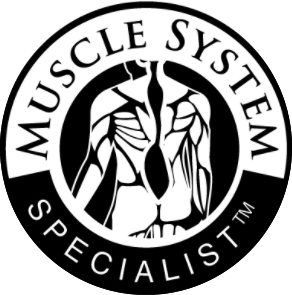 If you’re interested in learning more about how a Certified Muscle System Specialist™ can help you move better, feel better, and live better, click here.
If you’re interested in learning more about how a Certified Muscle System Specialist™ can help you move better, feel better, and live better, click here.
To find a Certified Muscle System Specialist™ near you, see our list of practitioners throughout the U.S. and Canada.
If you’re a fitness practitioner who is interested in learning more about how to become a Certified Muscle System Specialist™, visit us at www.exerciseproed.com.
Originally published on Physicians Fitness. Republished with permission.
Jessica Cahen, M.S., CMSS, ACE-CMES, RTS is a Course Facilitator for Exercise Professional Education, a rapidly-growing Continuing Education company for exercise professionals, offering the Certified Muscle System Specialist™ course as well as custom-tailored CEC courses for groups upon request.
Jessica holds a Masters Degree in Clinical Exercise Physiology and the Certified Muscle System Specialist™ designation. She has also earned the distinction of being one of only a handful of ACE Certified Medical Exercise Specialists in the Midwest. She practices as a Certified Muscle System Specialist™ at Physicians Fitness in Columbus, OH.



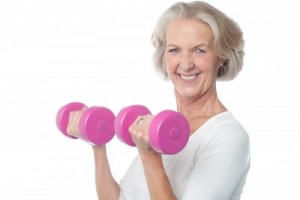
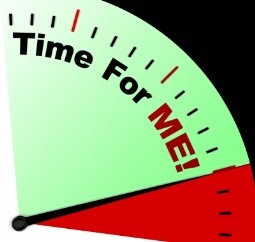 minutes a week of moderate-intensity aerobic physical activity. They also suggest muscle-strengthening activities that are moderate or high intensity and involve all major muscle groups on 2 or more days a week. As baby boomers, we can have a pretty busy schedule. As a 50 something baby boomer myself, I juggle quite a bit of activities in a day. I’m not complaining though, life at this stage of the game is exciting. It’s refreshing to see older adults doing more than ever before. Ironically, the busier our lifestyles are, the more we need the benefits of exercise but find that time becomes harder to come by.
minutes a week of moderate-intensity aerobic physical activity. They also suggest muscle-strengthening activities that are moderate or high intensity and involve all major muscle groups on 2 or more days a week. As baby boomers, we can have a pretty busy schedule. As a 50 something baby boomer myself, I juggle quite a bit of activities in a day. I’m not complaining though, life at this stage of the game is exciting. It’s refreshing to see older adults doing more than ever before. Ironically, the busier our lifestyles are, the more we need the benefits of exercise but find that time becomes harder to come by. Beginner Total Body Circuit:
Beginner Total Body Circuit:
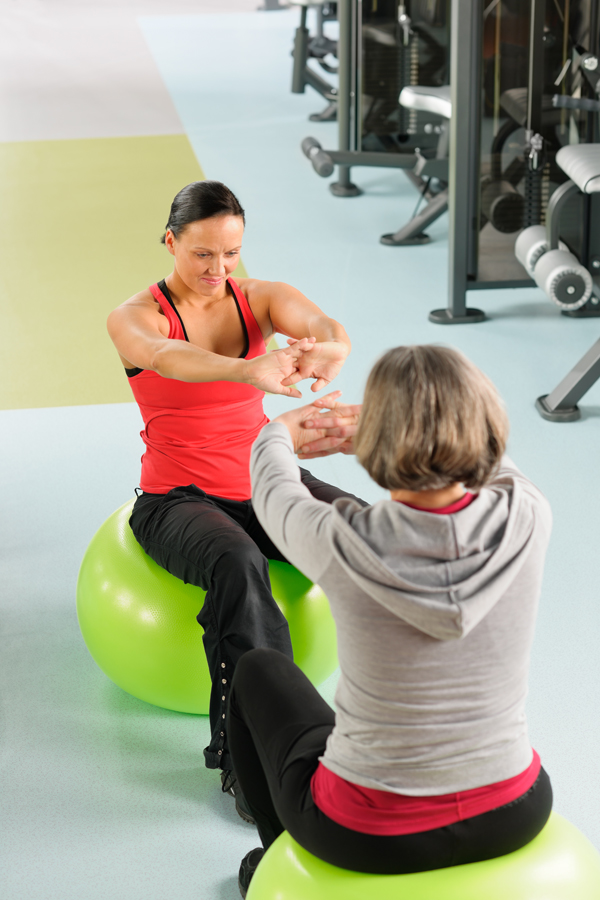 It’s not quite that simple, although most things you will read will tell you that any form of physical activity is helpful. There is a lot of truth to it. Physical activity at any age is beneficial and for women during mid-life exercising carries additional substantial health benefits. The menopausal transition is associated with many health risk factors such as increased risk for cardiovascular disease, osteoporosis, decreased bone mineral density, metabolic syndrome, and musculoskeletal symptoms. Exercise prescriptions for those health risks are the same as for non-menopausal women.
It’s not quite that simple, although most things you will read will tell you that any form of physical activity is helpful. There is a lot of truth to it. Physical activity at any age is beneficial and for women during mid-life exercising carries additional substantial health benefits. The menopausal transition is associated with many health risk factors such as increased risk for cardiovascular disease, osteoporosis, decreased bone mineral density, metabolic syndrome, and musculoskeletal symptoms. Exercise prescriptions for those health risks are the same as for non-menopausal women.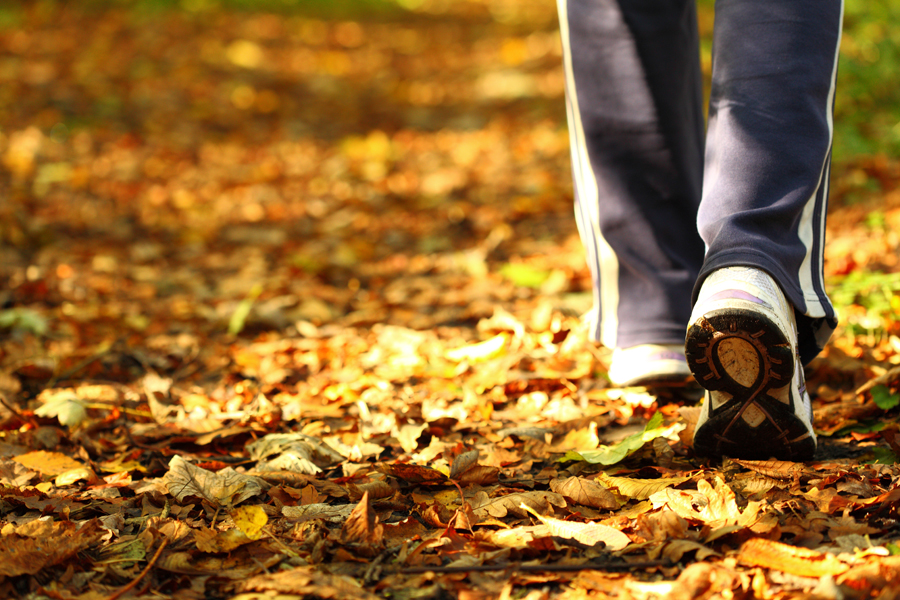
 You should connect your mind to your body BEFORE starting your training session so that you can enjoy what you have chosen to do. This inexactly what I do. This way, I first “see” with my mind’s eye and then experience it in my imagination before I even get to the gym to train. When the “hard” days come – and they will – (especially when you have been away from planned fitness activities for a while), you need your heart and mind to communicate regularly with each other to ensure success with your plan.
You should connect your mind to your body BEFORE starting your training session so that you can enjoy what you have chosen to do. This inexactly what I do. This way, I first “see” with my mind’s eye and then experience it in my imagination before I even get to the gym to train. When the “hard” days come – and they will – (especially when you have been away from planned fitness activities for a while), you need your heart and mind to communicate regularly with each other to ensure success with your plan.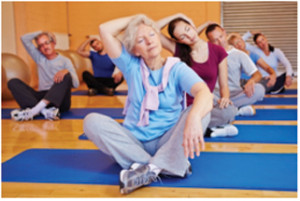 The gym setting can be challenging because you are on your own most of the time (unless you hire a trainer). The times where you can interact with others and form mutually supportive bonds with other like-minded individuals is through group exercise programs (there are many options) such as aerobic or yoga classes. Each method has value and both can be lots of fun while you learn what suits you as an individual. These and other group activities are very popular because they bring people together – enabling you to learn and share your journey together (yoga classes are particularly powerful in this way).
The gym setting can be challenging because you are on your own most of the time (unless you hire a trainer). The times where you can interact with others and form mutually supportive bonds with other like-minded individuals is through group exercise programs (there are many options) such as aerobic or yoga classes. Each method has value and both can be lots of fun while you learn what suits you as an individual. These and other group activities are very popular because they bring people together – enabling you to learn and share your journey together (yoga classes are particularly powerful in this way).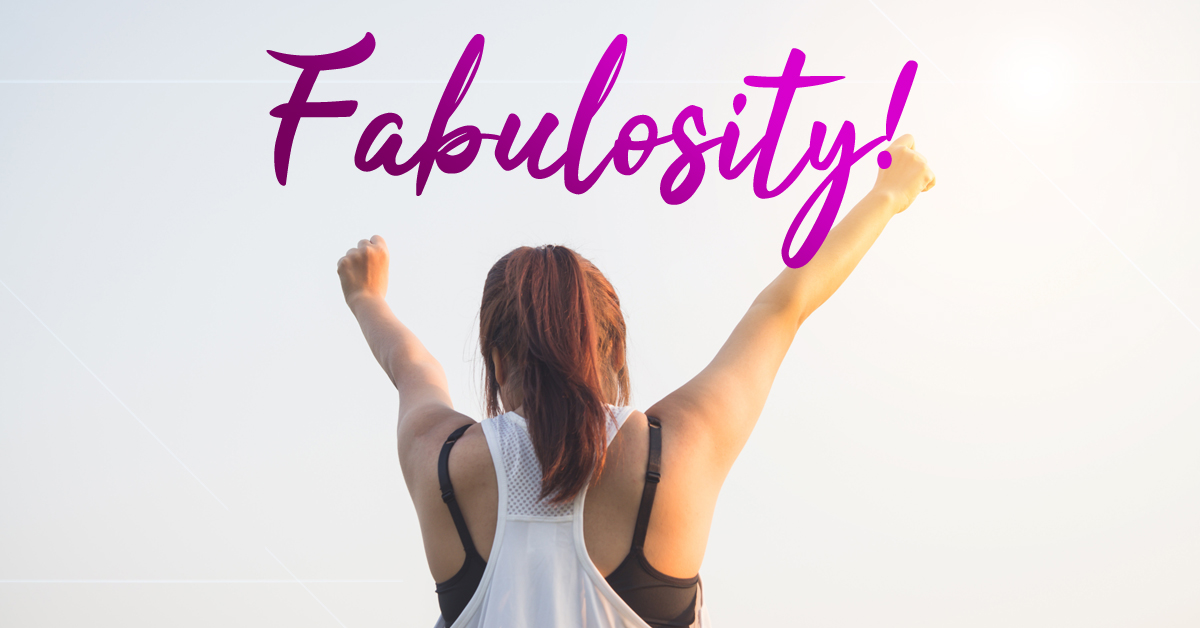
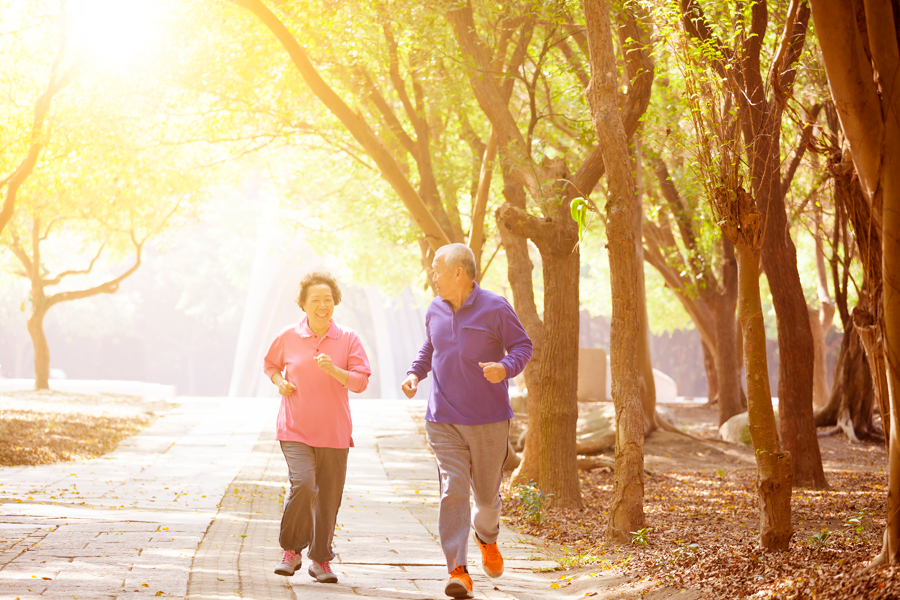
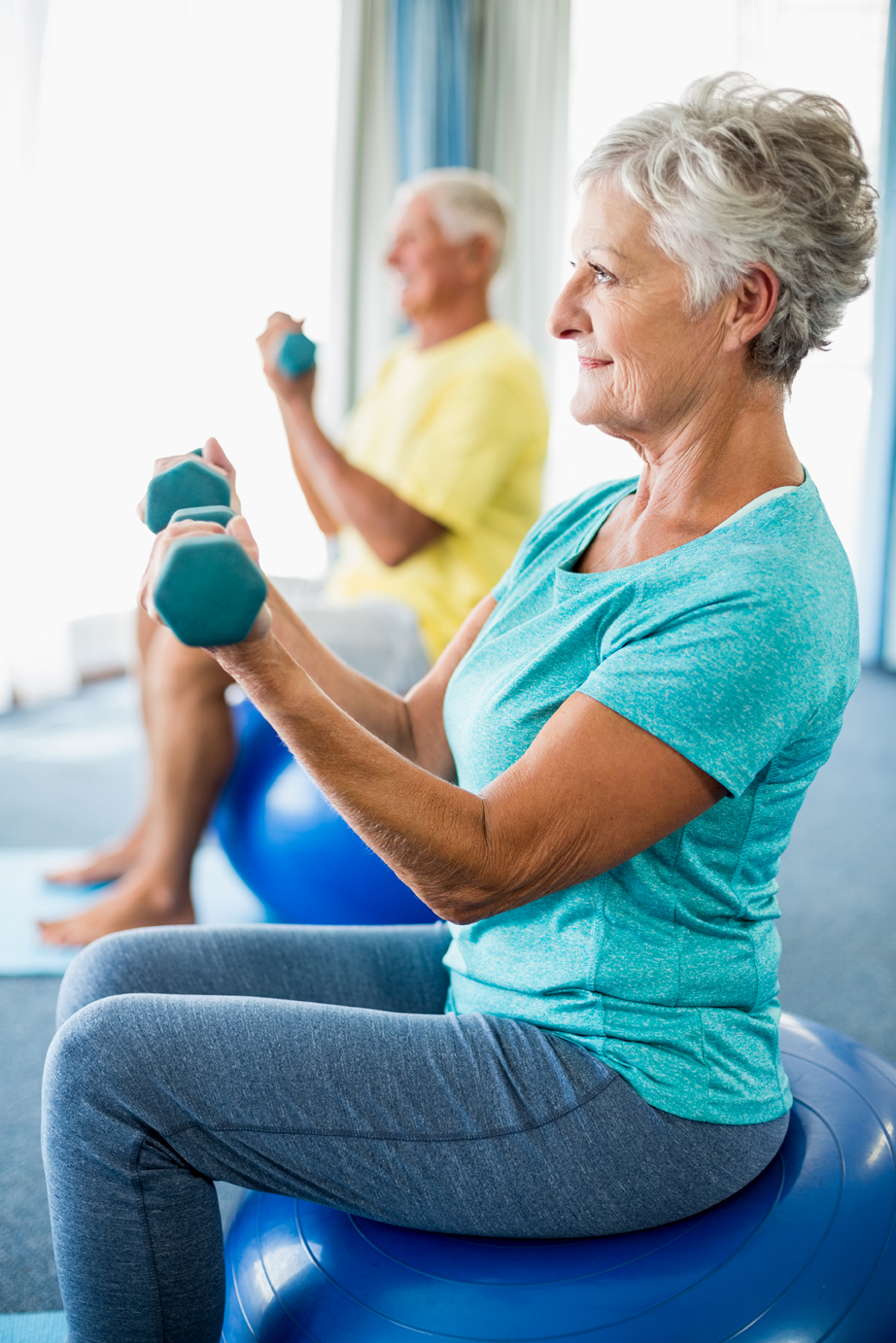 The Power of Five
The Power of Five